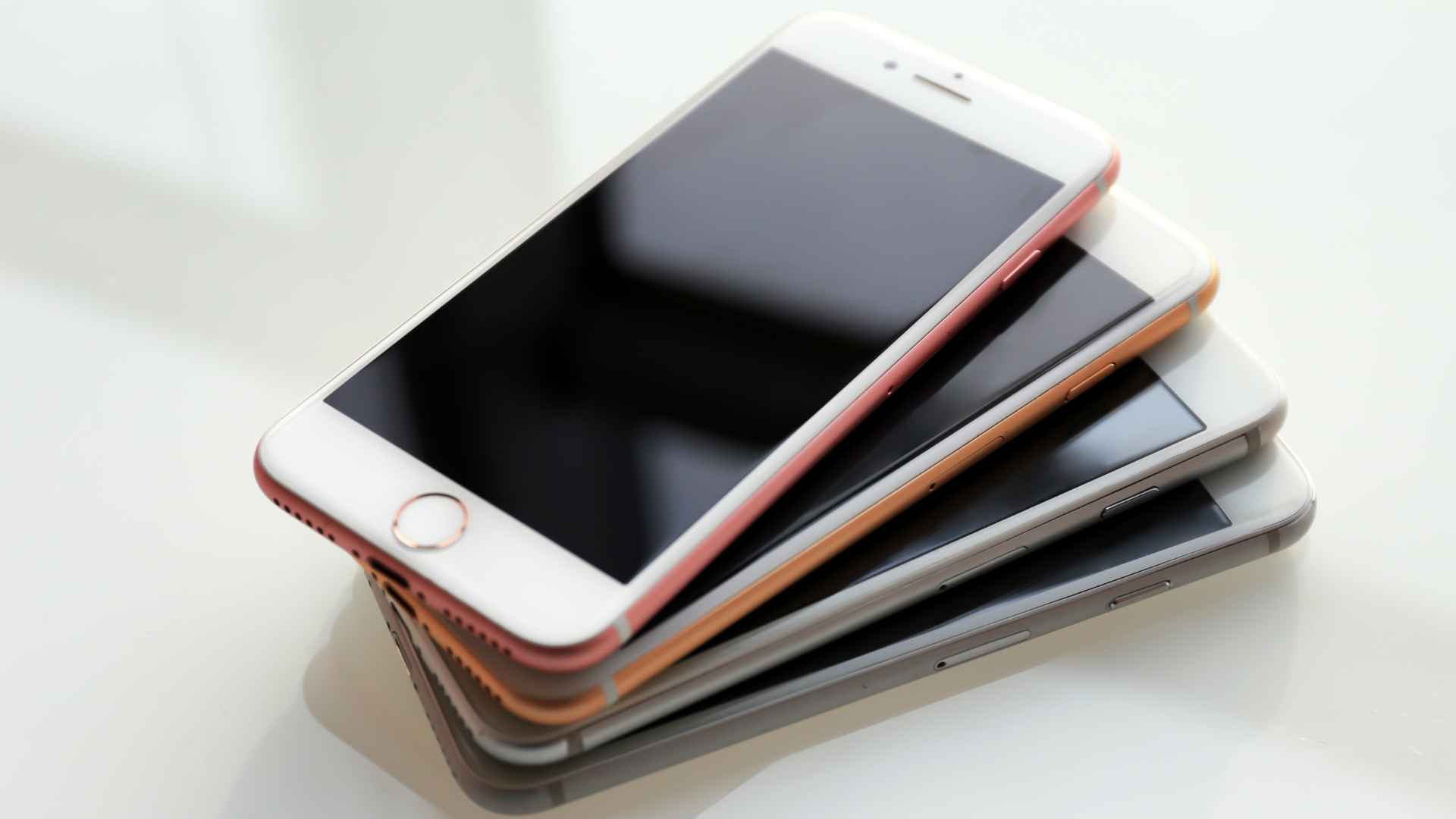Not sure whether the shiny iPhone in your hand is really new? A quick glance at one small setting can save you hundreds of dollars—and a major headache—before you press “buy.”
When demand surges, so does the risk of stumbling into a reseller who passes off refurbished or even replacement units as unopened stock. Apple quietly tags every handset with a letter that tells the whole story. Knowing that letter is the fastest way to confirm a device’s true origin and value. Who doesn’t want five seconds of peace of mind?
Simple steps inside iOS settings to spot a brand‑new iPhone at once
Open Settings › General › About and scroll to Model Number. See a slash (e.g., “MN123LL/A”)? Tap it once to reveal the full code Apple uses internally. Now focus on the very first letter—this single character unlocks the phone’s history.
| Letter | Meaning | Source |
|---|---|---|
| M | Factory‑new unit | Direct from Apple or an authorized retailer |
| F | Refurbished and repackaged | Apple or certified partner |
| N | Replacement device | Issued after a warranty swap |
| P | Personalized build | Custom order, often with engraving |
That’s it. No tools, no teardown. Spot an “F” or “N” when you paid full price for “new”? Walk away (or demand a deep discount).
Model number letters reveal whether your device is new, refurbished or replacement unit
Why does this single character matter so much? A factory‑new iPhone carries the full one‑year warranty and the higher resale value. Refurbished models are perfectly functional, but Apple’s warranty clock may have started ticking months ago. Replacements often lack retail accessories and original packaging. Consequently, prices should reflect those differences—yet many gray‑market listings do not. A quick checklist before you hand over the cash:
- Ask for the original purchase invoice—no paperwork, no deal.
- Use Apple’s IMEI lookup page to double‑check warranty status.
- Inspect the chassis for dings, lens scratches or mismatched screws.
- Confirm that charger, cable and any included earbuds are genuine.
- Still unsure? Buy only from Apple Stores or certified resellers.
Ever wondered why some sellers refuse a hands‑on test? Now you know.
Extra tips to stay scam‑free
After pricing the handset, compare it with Apple’s current MSRP. A “too good to be true” discount often hides a refurb. In fact, reputable refurbishers clearly label inventory and include a shorter—but official—warranty. On the other hand, private listings that sidestep these basics rely on buyers who never peek at Model Number. Don’t be that buyer.
A single letter under “About” can separate a bargain from a bad deal. First, check the Model Number. Then verify the IMEI. Finally, insist on official paperwork. Follow those steps and the only surprise you’ll get from your new iPhone is a pleasant one.

